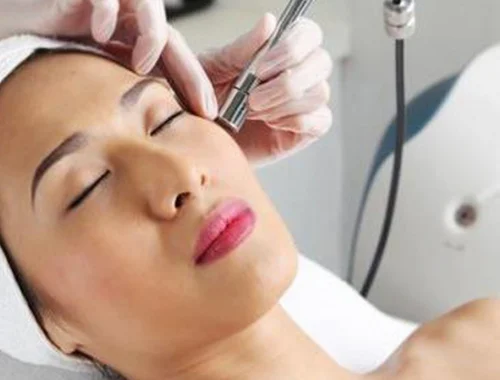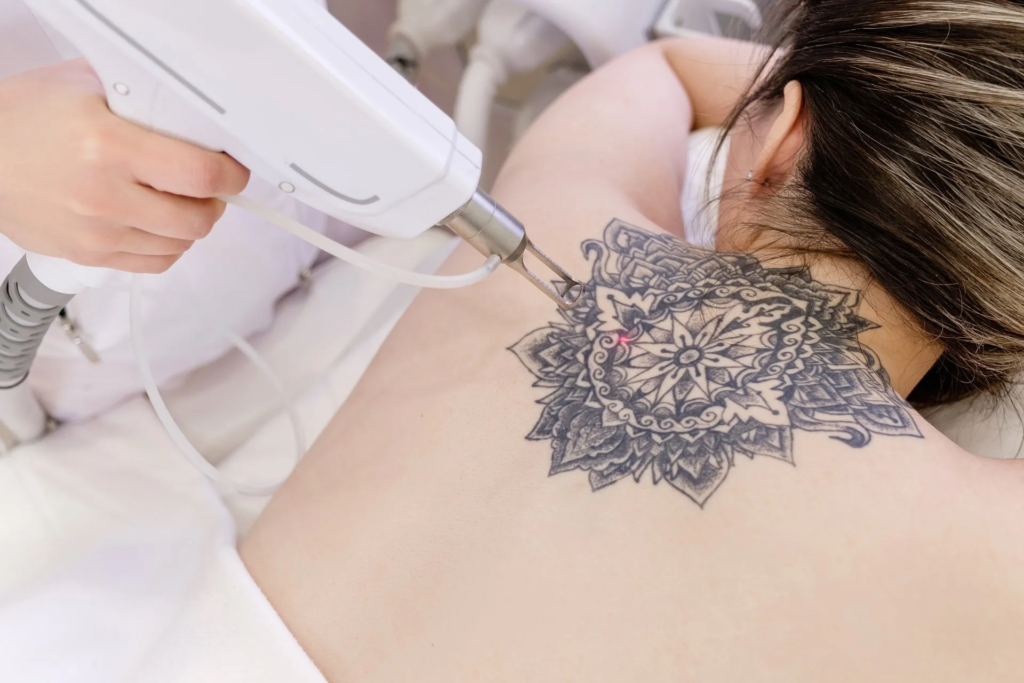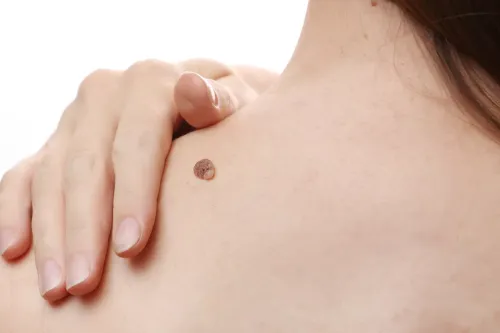Vitiligo is a skin condition that is characterized by loss of pigment in the skin. It can appear anywhere on the body including around the mouth, face, neck, and hands.
Vitiligo treatment clinics like The Esthetic Clinics offer a variety of medications and treatment to manage the condition. The medication is usually tailored to the patient’s specific needs and the extent of vitiligo and may include topical creams and ointments, light therapy, depigmentation, and more.
Factors that Trigger Vitiligo
Vitiligo can be triggered by various factors and events such as:
- Stressful events
- Skin damage
- Hormonal changes
- Liver or kidney problems
- Exposing the skin to certain chemicals
Note that vitiligo cannot be caused or triggered by infections, and you cannot catch it from a patient with it.
Tips to Manage Vitiligo and Prevent it From Spreading
Treatment for vitiligo mainly depends on the extent of the condition. Skin specialists like Dr. Rinky Kapoor, can assess your skin and determine the best treatment plan for your specific case. Some Best Vitiligo treatment that may be recommended include:
Skin Camouflage
This medication comes in the form of creams that are designed to match various skin tones. They are typically applied on the affected area on the skin, to blend the area with the rest of the skin so the white vitiligo patches are not noticeable.
The creams are generally safe and can be applied to any part of the body. They are designed to be waterproof and can last up to 4 days on the body and at least 12 hours on the face.
If you are using this medication for the first time, your doctor may need to train you on how to use it effectively and monitor the effectiveness of the creams as well as your skin response to it.
Topical Steroids
Just like skin camouflage, topical steroids also come in the form of creams, lotions, and ointments. However, they work differently. While skin camouflage creams are meant to blend in the affected area with the rest of your skin and match the skin tone, topical steroids are designed to help stop the spread. In some cases, they have also been reported to help restore the original skin color.
Topical steroids are best for:
- Patients whose skin is less than 10% affected
- Patients with non-segmental vitiligo
- Patients who want further treatments
- Women who are not pregnant
- Patients who understand the risks of side effects
Sun Protection
Exposing your skin to the sun when you have vitiligo is highly risky. Normally, the skin is triggered to produce excess melanin (a pigment that gives the skin its color), when exposed to too much sun.
However, if you have vitiligo, it means your skin lacks enough of this pigment and therefore not protected. Always wear sunscreen with over 30 sun protection factor (SPF) whether you are outside or inside, and whether it is cloudy or sunny, and reapply every two hours for maximum protection. Make sure to also opt for protective clothing with large coverage such as long pants, wide-brimmed hats, and long-sleeved tops.





